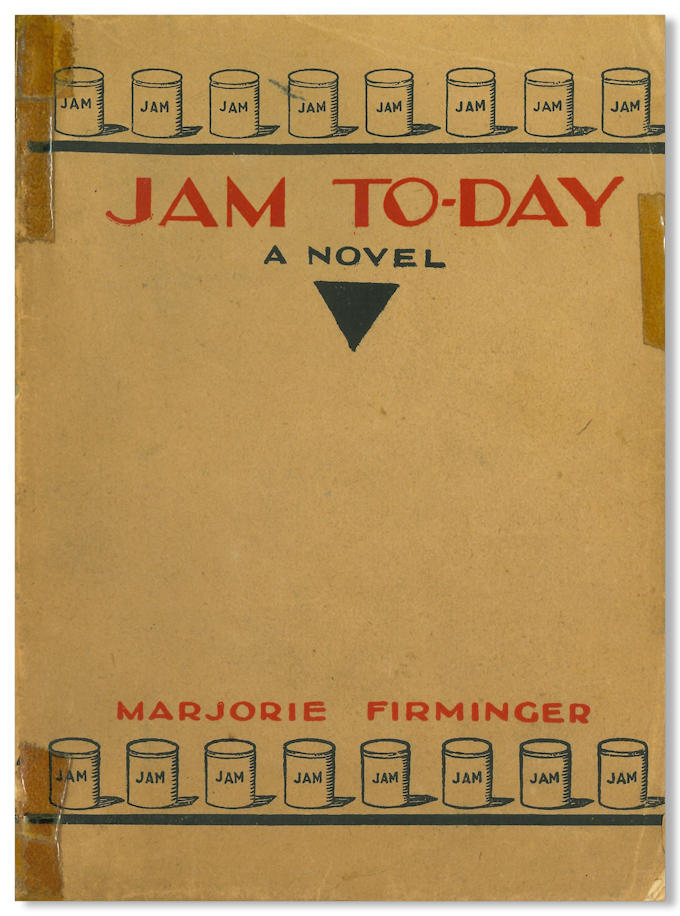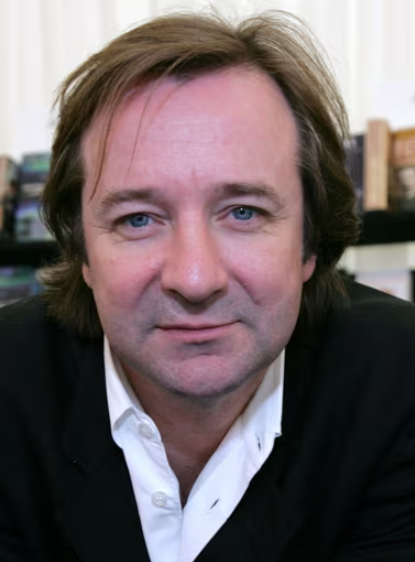
‘A Memorial to Writers Known and Unknown.’ Neil Pearson Talks
about Obelisk: A History of
Jack Kahane and the Obelisk Press
(Liverpool: Liverpool University Press, 2007).

Rob
Couteau:
It’s a pleasure to finally speak with you. What led you to doing this
great book on Jack Kahane?
Neil Pearson: That’s kind of you; thank you. When I went to consult it, I was a collector of longstanding. In the early Eighties, when I started to collect books consciously as objects – rather than just having them creep around me in the course of the reading life – I started to collect what I loved. At the time, what I was mostly loving was Orwell and Henry Miller.
Now, the high spots of those two are intimidating for someone who is young and with limited disposable income. But the good news about both of them was that they wrote a lot. They wrote not just novels, they wrote articles; they wrote reviews. You could get going as a collector on a modest budget with both of those, without worrying about Tropic of Cancer or 1984.
So
it was Miller, of those two, obviously, whose publishing history took
me to Paris. Then I became fascinated with that period of time between
the wars in Paris, where the great writers, and also the not-so-great
writers, and also young people, and also Black people, and also gay
people, were all agglomerating to live the life they wanted to live.
That led me into a major area of collection that’s stayed with me
since then. It also spawned the book, which was published in 2007. So,
as a result of Henry – and thanks, Henry! – I
became interested in the ins and outs of the publishing history of
early twentieth-century literature. Much of which was published
there simply because it could be published nowhere else.
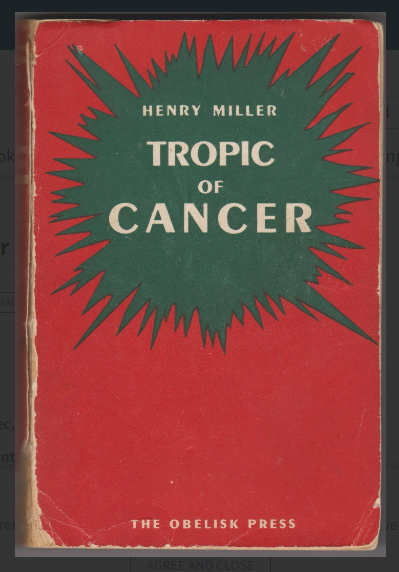
There was a loophole in the obscenity laws in France, in that they were as stringent as they were anywhere else in the Western world but they were only applied to work published in French. So if you published in English in Paris, then you would be fine unless and until you decided, either as a reader or as a publisher, to try to get the books out of France and back to the U.K. or the U.S. That’s when problems started; that’s when customs got involved; that’s when books got pulped. And that’s when books from that era, as a result of all this, became rare. So I became interested in the period. I became interested in Obelisk particularly, as the publisher of the first edition of Tropic of Cancer and of subsequent books by Miller.
That led me to doing some research on the business model of Obelisk. How did it function; why did it work? It remains my contention that it’s still probably one of the least known but also, in terms of literary durability, one of the most successful of the English-language imprints in Paris at that time. Of course, Three Mountains Press and Contact Editions had Hemingway; Sylvia Beach had Joyce. But in terms of strike rate – with Henry Miller, Lawrence Durrell, Anais Nin, an early edition of Chatterley, and James Hanley – the hit roster of Obelisk certainly can stand shoulder to shoulder with the other imprints that were given more kudos and that were simply more known.*
As with all collections, you find your own little patch of ground, you put a flag in it, and you say: “Look, I think this is important; anyone else agree?”
Here we are, fifteen years down the line, and it’s still a great pleasure to take calls like this and talk about how Obelisk worked and who was drawn to its flag.
RC: What was your initial reaction upon reading Charles Beadle’s Dark Refuge?
NP:
I haven’t reread it in a while. But I’ve reread what I wrote about it.
It was a book that actually did what the advertising promised it would
do; and that, in itself, made it rare on the Obelisk list. It’s
counterintuitive, but with this loophole, and with the French
publishing laws and obscenity laws, would-be pornographers – or just
smut hounds chasing along behind them – were inevitably drawn to a
career where they saw they could make money quick, with fast-selling
trash with no literary merit. And they would do that on an advertising
campaign: promising the sort of book that, at that time, was very
difficult to get hold of. But most of those promises were empty.
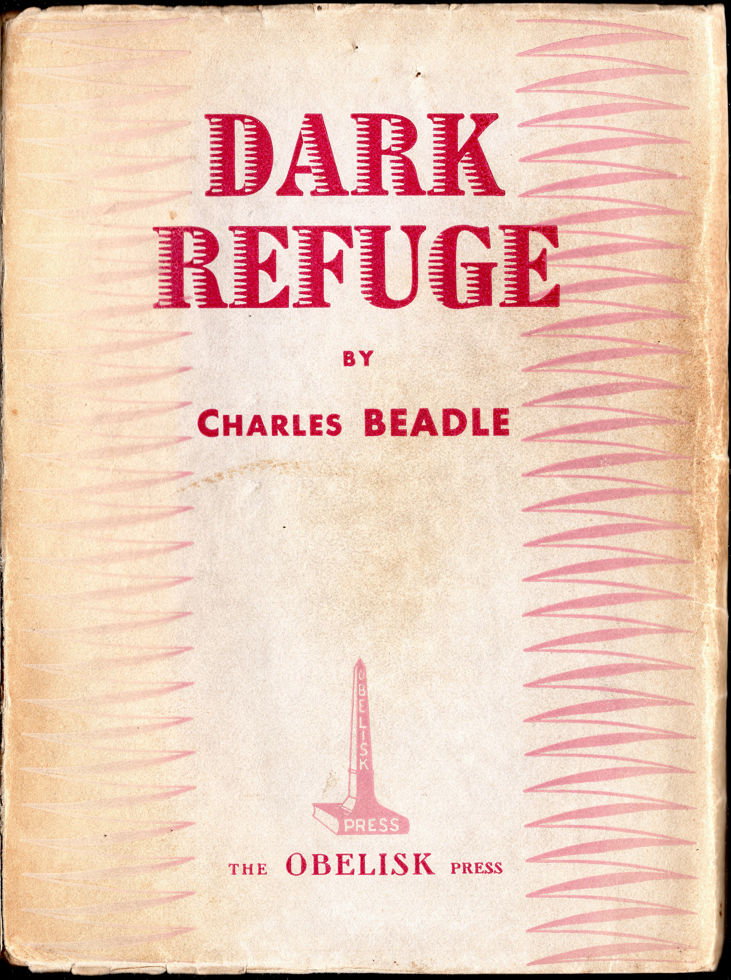
With Beadle, you can’t, I don’t think, make a serious claim for him to be up there alongside Henry Miller, and Joyce, and Pound, and Hemingway, and Fitzgerald: that’s not going to happen. But this is tightly written pulp fiction that would still get an “18” rating were it a film today. There are a lot of books on the Obelisk list that are very decorous, and they balk at the implications of their own material, and they don’t go there. But Beadle was someone who not only could write about it but who was very clearly living it.
This guy was not a dilettante who had come over on the boat with money from Mommy and Daddy’s trust fund. And they would do very naughty things like, you know, have a drink, if you were American. Remember, this was at the time of the Prohibition. There was hashish, there was opium, there was cocaine, there was cocoa. There was everything you needed to have a good time, up to and including the absence of parents. But that doesn’t make you a bohemian. And it doesn’t give you the sort of lifestyle ... I mean, having seen the lifestyle, 99.9% went home, back to Mommy and Daddy, back to the money, married someone sensible, and settled down to live a very middle class, middlebrow life. Beadle was not that.
As we both know, verifiable biographical details are fairly hard to find, but he was clearly part of that underworld. He wasn’t just a visitor. He was a denizen; he was a citizen of it. I’ve described the book as sort of fetid and dank; and he doesn’t balk at the bill opiate fiends had to pay.
And
it stood out because, as part of the responsible reading list I had to
go through for writing the book, at last here was a book that was
doing what it said it was going to do. There were a few: The
Young
and Evil was another one.* But most were drearily coy. This one
wasn’t. And it did feel very much like a bullet in from the front
line.
RC:
You have this great passage: “His
voice is the most convincingly decadent on the Obelisk list, and his
decadence was ideological. There was the genuine whiff of sulfur about
him.”* I love that!
NP: Yes! [Laughs]
RC: We might disagree about this, but it’s my contention that Dark Refuge is a lot more than a piece of pulp fiction. I think he reaches a level of high art in this book.
NP: Wow, OK. Well, I’m not sure I’d go that far, but I do take your point about pulp fiction.*
I think it’s important, and again, I’d need a reread. But on the reading that I had and the thinking I did about it – because I had to write about it – I think its importance is accidental. It’s important as an inadvertent snapshot of a world, and an underbelly to the world of bohemian Paris, that, for obvious reasons, we don’t have many snapshots of. Mainly because people couldn’t write if they were visiting, with any regularity, those haunts. But I’d love to read the annotated footnotes and copy that you have.*
RC: What’s really bizarre is that, in his career, he goes from a pulp fiction level to what I think is a literary level in Dark Refuge, and there’s no precedent for this in his previous work. I don’t know how he wrote that book.
NP: As a writer for hire, I think he would have loved to have written on the level of Dark Refuge – and beyond, if he could have – if people had been paying him enough to do that. But this was a guy who seems, for most of his life, to have not been sure where the next meal, and certainly the next drink, was going to be coming from.
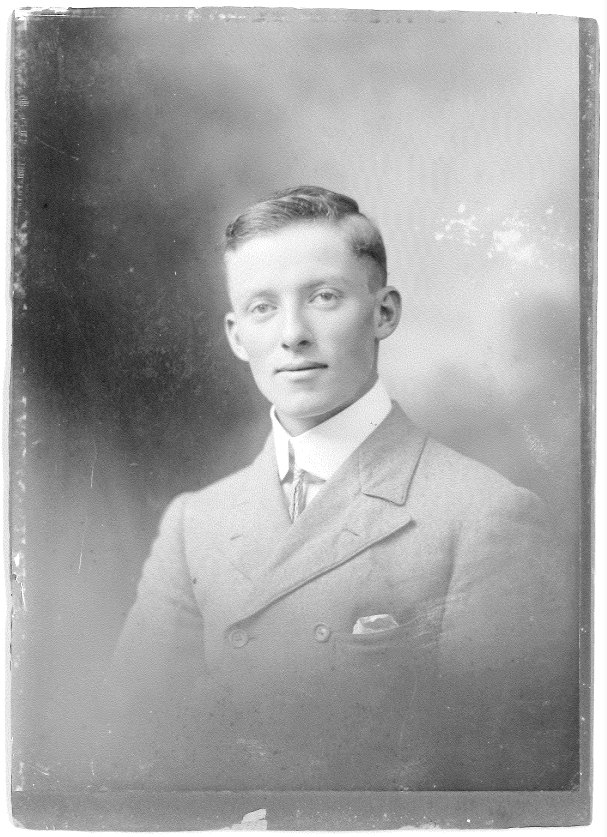
RC:
Yes. The other incredible thing about Dark
Refuge is that, in literary fiction, there are very few novels
that are written in the “first-person point of view multiple.”* That’s
an incredibly difficult thing to do, and he really pulls it off in
this book.
NP: I do seem to remember being impressed by how he could keep an authorial third eye on a scene in which he was clearly an integral part of; and therefore it was the Wordsworthian “emotion recollected in tranquility.” But I don’t know how you recollect “emotion in tranquility” when the emotion you’re experiencing was created by an absolute obliteration of the senses.
RC: Judging by what he says about Modigliani – and you’ll see this in Beadle’s Modigliani book – I think he would agree with you. Because what he’s saying is that hashish, which was Beadle’s preferred drug, may enhance sensory experience, and may enhance inspiration, but it doesn’t make you a great artist. Although Modigliani used hashish, he didn’t draw or paint while he was under its influence.*
There’s a very good contemporary biographer of Modigliani named Meryle Secrest, and she says that Modigliani pretended to be the “damned poet” who was always drunk, but the reason he was using hashish and alcohol was to suppress the telltale symptoms of tuberculosis. He didn’t want people to know he had TB; he would have been ostracized. Picasso was terribly afraid of tuberculosis at that time. So he pretended to be the inebriated poète maudit, but actually those things suppressed the urge to cough, and spit blood, and so on.
NP: It’s an interesting and ongoing conversation, isn’t it? You know, the whole Bukowski thing: alcohol opens the doors of perception; Huxley; and all that.* I’ve always tended to think – being absolutely no prude or puritan, God knows – but I’ve always tended to think: You know what, your art is going to be as dull as sitting alongside you on a barstool would be.
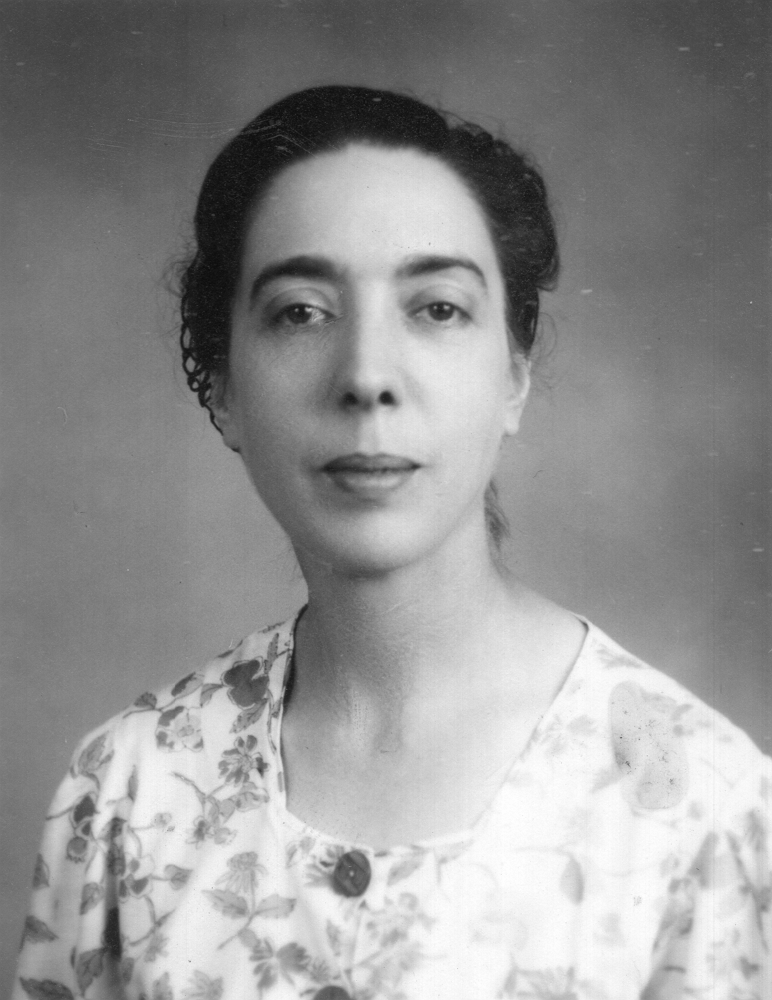
RC: I agree with you. If you’re not sixteen years old, why would you be dabbling with that stuff as an adult? It’s pretty ridiculous. But Beadle obviously had a difficult childhood. His mother died when he was two years old, and he was brought up in that very repressive Victorian milieu.
NP:
Yes.
RC: One of the things that I thought was really interesting – and I don’t think I’ve heard anyone say this before – is that you discovered Miller when you were twenty years old and this was the perfect time for a young man to discover Henry Miller. You also say that, even though he was forty, he writes as though he had the enthusiasm of a twenty-year-old discovering Paris.
NP: Yes, he did. I mean, let’s not forget, there was an awful lot of carnage that he left behind when he decamped from Brooklyn to Paris. But he did have the intellectual, the authorial courage to start his life all over again as he was pushing forty. Very few people do that. And I continue to like him as much for his life as for his work.
RC: He had a great deal of courage. You don’t normally start building your empire at the age of forty.
NP: No. Tropic of Cancer was his first book; it was published in 1934, when he was forty-three. He went on to write almost seventy books. That’s an extraordinary life, no matter how you look at it.
RC:
Incredibly prolific. Unfortunately a lot of people continue to think
of Tropic of Cancer as a “dirty book,” but it reaches such a high level
of lyrical beauty. And the way he stretches the language as if it’s
taffy!
NP: He does. I don’t know if you’ve read The Black Book, by Lawrence Durrell, which was also published by Obelisk. Durrell was drawn to Paris because he’d read Tropic of Cancer. And God, can you tell that when you read The Black Book, which is a slavish and direct imitation of it, in my view.
RC: Their book of letters is a wonderful book. Miller published so many books of letters, and there’s some beautiful writing in those letters, you know?
NP: Yes. I think I love most when he’s not writing as consciously as he writes in his novels. I don’t know; Tropic of Cancer is not my favorite book of his ...
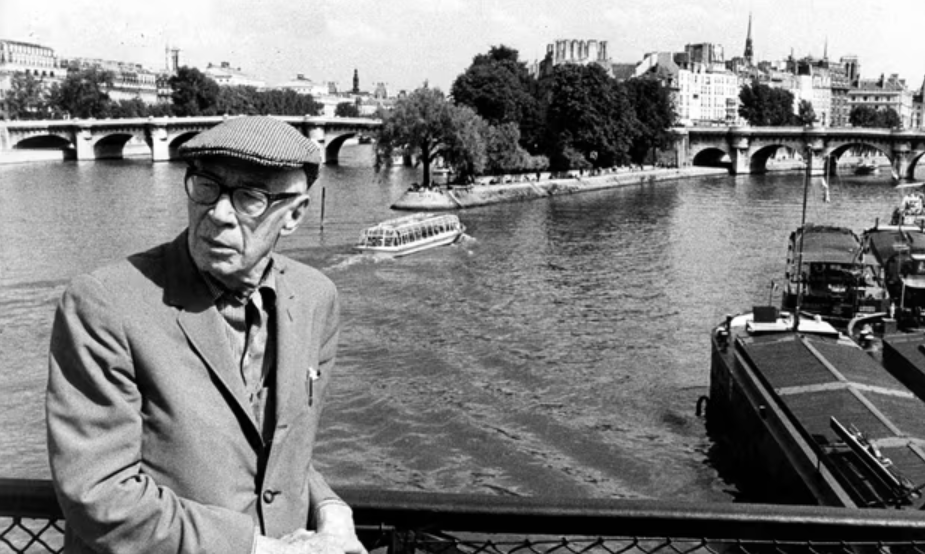
RC: Which one is?
NP: I love Black Spring very much. It just feels like leafing through a photograph album. I find it very vivid. The Air-conditioned Nightmare is hilarious. Simply because I can’t read it without imagining what the editors must have thought when they first received the manuscript. The bottom must have fallen out of their world, never mind the book itself. But I can’t think of a frontline author who needs a blue pencil more than Miller.
RC:
That’s correct. I read somewhere, probably in his letters, where he
was talking about one of his books from the trilogy, and he said:
“I’ve edited it four times already, so that’s enough.” Now, I edit at
least thirty or forty times anything that I’ve written, you know? So
that’s a really good point.
NP: Yes. He loved his own voice. In Paris, he’d gotten used to almost literally singing for his supper. He would sit and regale someone just to get fed. He clearly had no time for Michael Fraenkel, but Fraenkel had money while Miller didn’t, so he was often invited along, basically to pick up the bill and listen to him talk.
But despite all those faults, I struggle to think of someone better at writing about the feeling of just standing on a street corner, at the start of the day, wondering what the day will bring. There’s a sort of febrile tension and hope in his writing, when he’s just letting the day happen to him, that I get from very few writers. And I love him for that.
RC: Yes. He reaches a level of visceral description that’s unique.
* * *
NP: By the time Dark Refuge was published in 1938, Obelisk was sort of descending into a bit of chaos, as was the whole of Western Europe. Print runs were going down, paper was becoming harder to get, and Kahane himself was ailing. He died the day after war was declared.
RC:
I quote you in my annotated Dark
Refuge, where you say he was the first victim of the Second
World War.*
NP:
He seemed to see it coming, both his own demise and Europe’s. And, in
an act of suicidal ostentatiousness, he moved his premises from rue
Saint-Honoré – from this ratty little office – into an office
next-door to Schiaparelli and Chanel, in the place Vendôme.*
RC: Yes, and how could he afford to do that? I mean, that was just insane.
NP: It’s madness. You’re not going to sell enough copies of Dark Refuge to pay your first rent bill.
RC: I think Maurice Girodias has a point when, in Frog Prince,* he says that he believed his father’s death was really a suicide, because he found all those empty bottles of alcohol. And Kahane didn’t have the physical ability to drink like that at the end.
NP: Well, no. As you know from the book, he lost a lung in the First World War. It was a miracle that he lived. He turned to writing novels simply because he had a young family to support, and he couldn’t get off the couch after the war. So he had to find some way of monetizing his condition.
He was a drinker; he was a man-about-town. His pseudonym, Cecil Barr, he picked because his favorite bar was in the Cecil Hotel. He did a lot of his business there. He smoked, and he did all the stuff that people of that time, and dandies of that time, were expected to be seen doing. It wouldn’t have taken much to kill him.
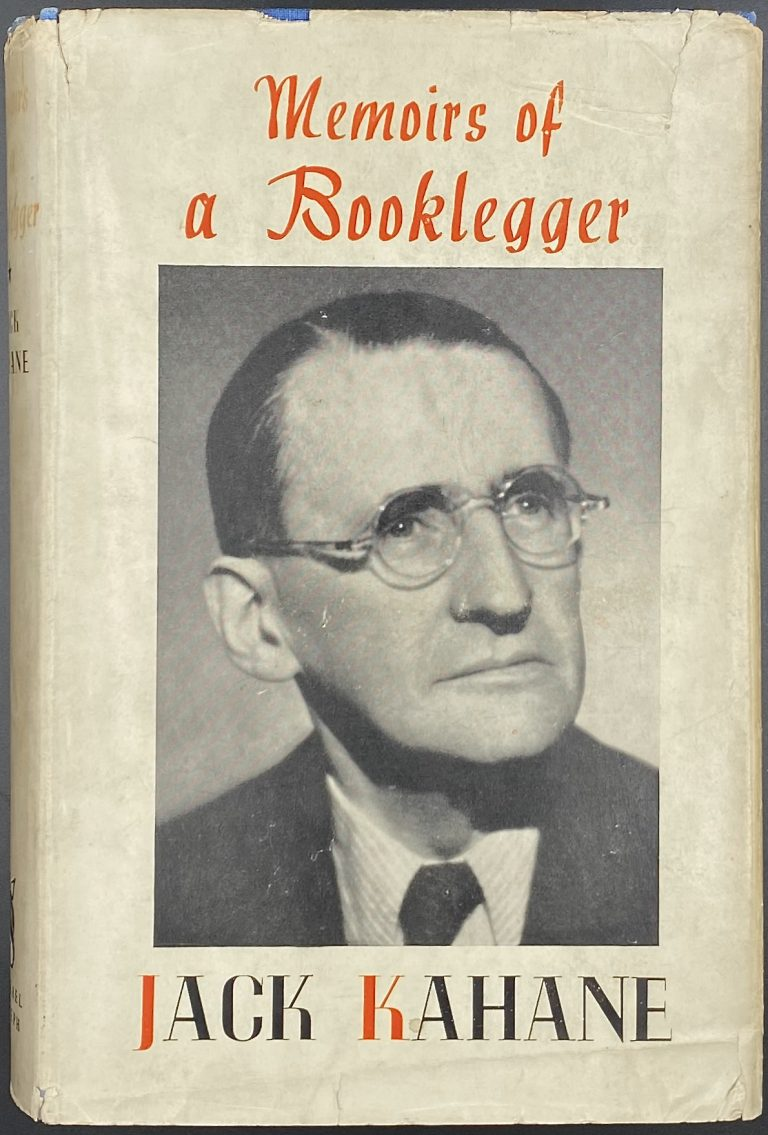
RC: There you go.
NP: I’ve read Frog Prince, so I’ve read about that. I’m mindful of the relationship they had, which was toxic. And I’m mindful of the wildly unreliable nature of Girodias in every aspect. I’m also cognizant of the fact that it would have been possible, instead of having a bottle of wine a day, to up it to two and be dead in a week.
RC:
Have you read The Good Ship
Venus?*
NP: Yes, I have, by John St. Jorre.
RC: Isn’t that a wonderful book?
NP: Yes, I love that book.
RC: As a writer, when I read that, it prejudiced me against Maurice. Because, according to St. Jorre, he was ripping everybody off so badly.
NP: Oh, God, yeah!
RC:
And the story about J. P. Donleavy? How Donleavy sort of sacrificed
his writing career just to bring Maurice to court!*
NP: Yes, that whole Donleavy story is incredible. And of course, Nabokov. When you think that the only way he could get Lolita published in the early Fifties was to give it to Girodias! And we know that, quite apart from being one of the absolute titans of the twentieth century, Nabokov was a very prim and proper man. To find himself on a list with White Thighs and There’s a Whip in My Valise – it must have been absolutely heart-stopping.
RC: And yet, what an incredible list that Maurice put together!
NP: Yeah!
RC: In a way, I think it’s more impressive than Jack Kahane’s list, right?
NP:
Well, yes, I guess partly because he lived longer. And partly because,
by the time the Fifties rolled around, he could publish out-and-out
porn. He didn’t have to worry at all. He had the police crawling all
over him; but the police relied on book lists, so Maurice just changed
the titles, and then their lists fell apart.
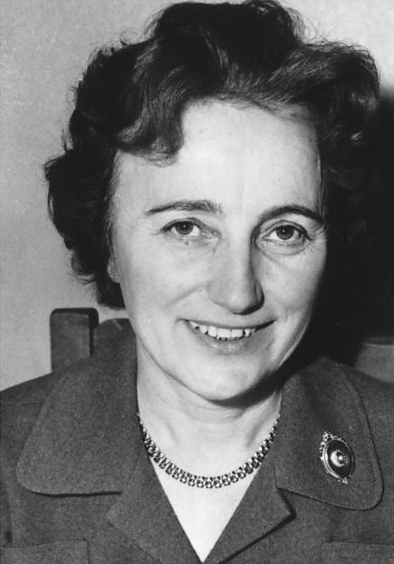
RC: I met the publisher Barney Rosset shortly before he died. He made a rare public appearance at Bard College, lecturing before an audience of about a hundred people. I bring him up because I also have mixed feelings about him. Barney was like a vulture, picking the flesh off of Maurice’s list.*
NP: Yes. He was absolutely central, but it’s a tough story to warm to.
RC: Rosset spent so many millions of dollars defending Tropic of Cancer that it almost bankrupted him. He owned all these beachfront properties in East Hampton, and he had to sell them to pay the lawyers. So, after his lecture, I asked: “Do you feel that Henry was grateful for what you did?” And in this very naive manner, he replied:
NP: Jesus. [Laughs]
RC: I couldn’t believe it!
NP:
You know, I’ve been offered some of Henry’s watercolors. It’s like
being offered – I don’t know – Marc Chagall’s novel. You don’t want
it. That’s the wrong way around!
RC: I know you’ve got to run, but I just wanted to say that I also enjoyed your take on Frank Harris. You nailed him really well.
NP: That was a labor of love; really that was.
RC: You call him a “deranged monument to egotism.” And I thought, “Neil, don’t you think you’re going a bit too easy on him?”
NP: He was a nightmare! Radclyffe Hall’s The Well of Loneliness is also a book I’m very much not in love with. I know it’s a sort of key moment in liberation literature, but …
RC:
Your book is also a memorial to many unsuccessful
writers and a chronicle of what happens to them. And it’s empathic. A
lot of your writing is really very empathic.
NP: That’s kind of you. Thank you. It’s what I tried to do. I thought, OK, I’m going to have to write about James Joyce in this. And why would people read me on James Joyce when they can read Richard Ellmann, which is absolutely peerless and unsurpassable? But the point of this book is to rehabilitate names that have literally fallen down the back of a sofa. And because not only is it interesting in a literary way, but it also gave us, hopefully, a very strong idea of what it was that drew people to Paris. Not necessarily at the early stages of their lives, but the pull was clearly across generations, across races, across sexualities. And I thought their stories were interesting for that.
So
there was a semiconscious intention to treat the authors in direct
inverse ratio to their current literary standing. Miller, Joyce,
Durrell, and Nin: yes, we know, and here are the basics on their
publishing history with Kahane. But Princess Paul Troubetskoy, Wallace
Smith, Eric Ward: I wanted to read a book about these
people. Who were they; what happened to them before, during, and after
their brief foray into the world of letters? That was what sustained
me through the writing. It was fun to discover them.
RC:
The piece you include on Marjorie Firminger is perhaps the most
empathic. As a result of what you say, you really feel for this poor
woman who was so brutally misused by Wyndham Lewis.
NP:
Bless you for that. Because that one really got me, and that’s why I
went to town on the length of that.
I’m an actor in another life,* and book dealing is mostly what I do now. But I was at the New York Book Fair in 2007, while I was writing the book. I had two weeks before I was due in Toronto, to do some filming on a TV show, so I had two weeks where I could go to Cornell University and see Marjorie Firminger’s papers. This happened a lot: I found myself in places I’ve never been before but that I needed to be, to get those papers. It was extraordinary.
School was out, so I had the place pretty much to myself. And I went through this stuff, which was there simply because Wyndham Lewis’ papers are there, and she wanted to keep them there as a corrective.
Her manuscript was supposed to be published in her lifetime, but it never was. And it was only when I’d finished going through it, and they were putting it back in the folder, that I noticed it had been there since she died in the Sixties – and no one had taken it out. No one had seen the book. The date stamp that went on it was mine, so it was the first time that she’d been heard.
That moved me quite a lot, because I thought: “OK, you were appallingly treated by this scumbag. And it is not a crime not to be a great writer; and it is not a crime to have made a silly decision amongst your social circle.* And you should not have paid as high a price as you did. So, it was good to set the record straight there.
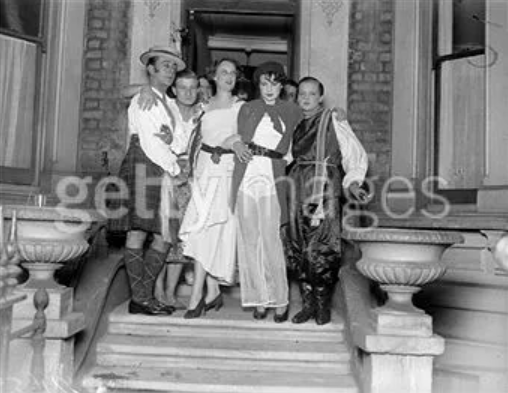
RC: I loved that you said, “I really, really wish I could say that she wrote a great book. I really want to be able to say that. But sadly enough, no.”
NP:
Yeah, no, it ain’t. But,
yes, God he was vile.
RC: Lewis was a pathological narcissist.
NP: Yes, and there was a lot of that about. You know, Joyce treated Sylvia Beach badly. He would not have been James Joyce but for her efforts. And he screwed her over the American copyright. How could you possibly do this? How could you possibly be so attuned to what makes us human in your writing and yet be so tone-deaf, and so self-interested, when it comes to interacting with human beings in the real world? There was a lot of that about.
Anyway, thank you. That was fun!
RC:
Thank you, Neil.
NP: That was a great talk. Thanks very much for hooking up.
_________________________
* Interviewed on 24 July 2022.
* Kahane also published work by James Joyce and Cyril Connolly.
* The Young and Evil by Charles Henri Ford and Parker Tyler, published by Obelisk in 1933.
* Neil Pearson, Obelisk: A History of Jack Kahane and the Obelisk Press. Liverpool, UK: Liverpool University Press, 2007, pp. 322-324.
* According to John Locke, author of The Thing’s Incredible! The Secret Origins of Weird Tales (2018), “pulp fiction” is a “much-abused term in that it has gained half a dozen meanings over a long period, so it now has to be qualified as to the meaning being used. It originally referred to the cheap paper the fiction mags were printed on. In the Thirties, publishers amped up the sex and violence to hold onto the readership; this shifted the term to the style of the fiction, outrages to the prudes. The modern use of ‘pulpy,’ though, doesn’t necessarily imply sex; it means genre fiction told in an exaggerated style. Some people refer to vintage paperback novels (1950s, ‘60s) as pulp fiction; some use it specifically to mean vintage lesbian-themed paperbacks. Then there's the Tarantino flick (Pulp Fiction, 1994) which confused thinking by equating genre movies with genre writing; they aren’t equivalent, at least not the genre films that Quentin Tarantino was drawing from. There is a degree of sensationalism in Dark Refuge – illicit drugs and sex, etc. But ‘pulp fiction’ can’t refer to just the content; it has to mean the genre intentions and, usually, the writing style. Dark Refuge was clearly meant as literature, through its intention, its prose style, and its experimental structure. I would never call it ‘pulp fiction.’” John Locke, private communication, 15 November 2023.
* See Charles Beadle, Dark Refuge. Edited with Annotations and an Afterword by Rob Couteau. New York: Dominantstar, 2023.
* Dark Refuge utilizes a form of storytelling referred to as “multiple person first-person point of view” (or “first-person point of view multiple”). This occurs when a story is narrated by multiple characters, each of whom maintains a first-person perspective. The form is more often found in genre fiction rather than in literary fiction. But Beadle adds another level of complexity, because his autobiographical protagonist is granted omniscient access to the interior monologues and points of view of the other principle characters. He accomplishes this by quite literally entering into their brains.
*
Artist Quarter: Reminiscences of Montmartre and Montparnasse in the
First Two Decades of the Twentieth Century (with Douglas
Goldring). London: Faber and Faber, 1941. Published under the
portmanteau pseudonym “Charles Douglas.” Later republished as Artist Quarter: Modigliani, Montmartre
and Montparnasse (2018).
“Hashish may give inspiration or, to be exact, stimulate it, but
nothing will ever convince me that it can make up a deficiency of
talent or transform mediocrity into genius.” See Artist
Quarter, pp. 96-97. “Modigliani
seldom drew while taking hashish, preferring to recall his visions
in sobriety with the aim of reproducing the heightened effect.” Meryle
Secrest, Modigliani: A Life. New York: Knopf, 2011, p. 116.
* A reference to Charles Bukowski, whose terribly uneven verse extols the “virtue” of alcoholic inebriation; and to Aldous Huxley, author of the mescaline memoir, The Doors of Perception (1954).
* Pearson refers to him as “one of the Second World War’s first casualties.” See Pearson, Obelisk, p. 72.
* Referring to the feuding fashion designers Coco Chanel and Elsa Schiaparelli and their respective couture houses, located on the place Vendôme.
* Maurice Girodias, The Frog Prince. New York: Crown, 1980.
* The Good Ship Venus: The Erotic Voyage of the Olympia Press. London: Hutchinson, 1994.
* Brooklyn-born Irish-American novelist J. P. Donleavy, author of The Ginger Man, which was published by Girodias’ Olympia Press in 1955. Their mutual litigation over who owned the rights to the book spanned a course of twenty years. Donleavy later authored a nonfiction chronicle titled The History of the Ginger Man (1994).
* One of the twentieth century’s legendary independent publishers, Rosset issued Tropic of Cancer in the U.S. in 1961, under his Grove Press imprint. (It was originally published by Obelisk in 1934.) Between 1961 and 1964 there were over sixty legal proceedings against the book, culminating in a landmark Supreme Court decision on 22 June 1964, which declared that the novel was not obscene.
When
Girodias’ fortunes began to wane, Rosset purchased many of his Olympia
Press titles for bargain-basement prices. Girodias was the first
publisher of William Burroughs’ Naked
Lunch, J. P. Donleavy’s The
Ginger Man, Candy by Mason Hoffenberg and Terry Southern, Vladimir Nabokov’s Lolita, and the
English-language translation of Story
of O by “Pauline Réage” (Anne Cécile Desclos).
*
A stage, film, and TV actor, after appearing in several British
sitcoms and theater productions Pearson starred in the TV police drama
Between the Lines (1992).
*
Firminger was deeply infatuated with Lewis, who used and abused her in
a variety of ways. After the publication of her novel Jam
To-day, which was chock-full of gossip about her contemporaries,
she was ostracized by her social circle. Pearson regards the book as
“an 80,000 word gossip column” that “left her defenseless” when Lewis
gave her a “literary kneecapping” in his novel Snooty
Baronet, “the humiliation of which clouded the rest of her
life.” See Pearson, Obelisk,
p. 380. Her unpublished memoir, which is deposited at Cornell, is
titled “No Quarter.” It attempts to set the record straight about her
relationship with Lewis.
